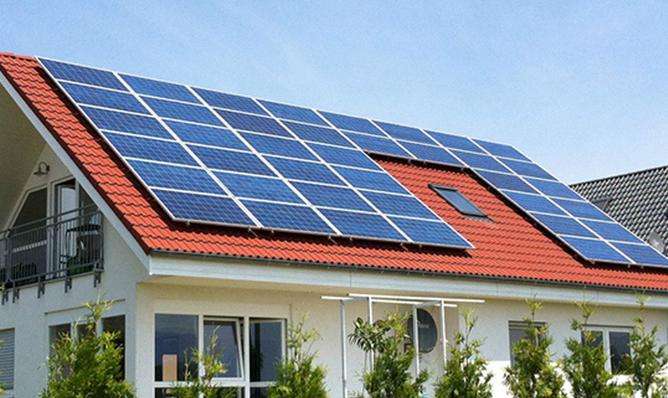Principle of solar power generation: A solar panel is a device that responds to light and can convert light energy into electricity. There are many kinds of materials that can produce photovoltaic effects, such as: monocrystalline silicon, polycrystalline silicon, amorphous silicon, gallium arsenide, selenium indium copper, etc. Their power generation principles are basically the same. Now, crystalline silicon is used as an example to describe the photovoltaic power generation process. P-type crystalline silicon is doped with phosphorus to obtain N-type silicon, forming a P-N junction.
When light irradiates the surface of the solar panel, part of the photons are absorbed by the silicon material; the energy of the photons is transferred to the silicon atoms, causing the electrons to transition and become free electrons that accumulate on both sides of the P-N junction to form a potential. Poor, when the external circuit is connected, under the action of this voltage, a current will flow through the external circuit to produce a certain output power. The essence of this process is: the process of converting photon energy into electrical energy.
If you want the panel to generate electricity even when there is no sunlight, you only need to provide light to the panel, and the light is not limited to sunlight. Hope to adopt it, thank you!














